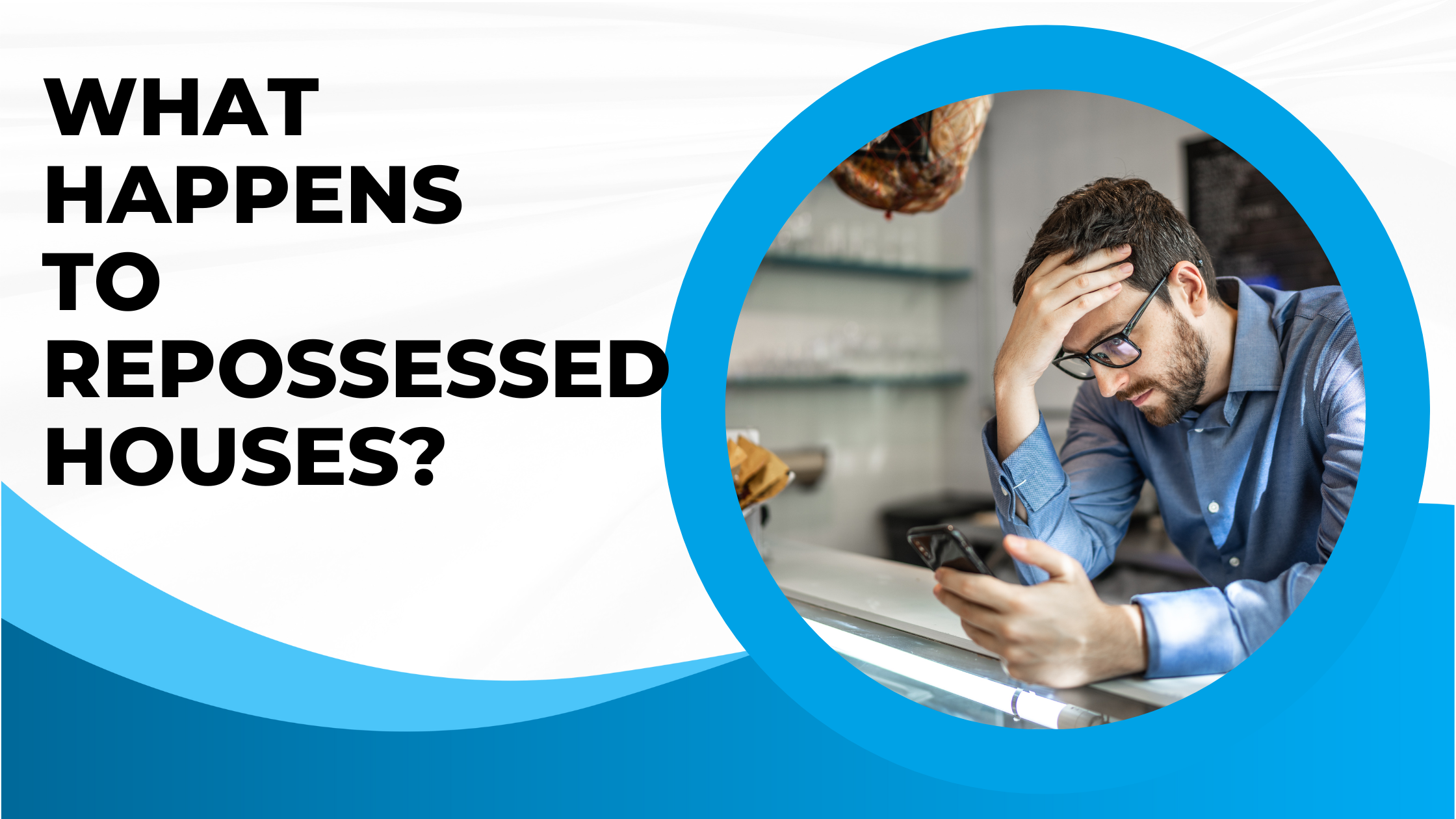When a home is repossessed, the lender has taken back ownership. They weren’t paid according to the terms of the agreed-upon mortgage. Sadly, this usually happens when consumers buy a home they can’t afford. For other households, they had every intention of making those payments. However, life interrupted those plans due to a death, divorce, health issues, the economy, loss of a job, or other scenarios.
(Click here for more information on calculating your mortgage budget.)
Most lenders have some options for consumers when they get behind on a mortgage. This includes loan modification or special programs. For example, many lenders have assistance for those behind due to COVID-19. Lenders don’t want to take back homes. They want the money as agreed. When that can’t be done, or the borrower doesn’t apply for the assistance programs, the lender may have no other choice.
Table of Contents
ToggleForeclosure Legal Process
A lender has to give legal notice about repossessing a home. It is often referred to as foreclosure. A consumer must be behind three payments to start foreclosure on the loan. Notifications must be sent to the consumer explaining what will occur and when. Those notices are filed locally too. The home will belong to the lender if the consumer doesn’t bring the loan current by the set foreclosure date.
The lender can choose to sell it at that point.
The legal process may start after around three months of no payments on the home. It can take up to six months for the home to be repossessed by the lender. At this time, those residing in the home will need to move out. If they don’t, they may get escorted off the property by law enforcement.
Lenders do all they can to work with consumers before moving into the legal process to take a home back.
The legal process and the selling options for a repossessed home depend on where the house is located. There are state and federal laws that apply to foreclosures. Consumers have the right and the opportunity to fight foreclosure proceedings in court.
Some will fight to the end to keep their home.
Others give up in order to avoid additional stress and don’t pursue options offered by the lender either.
Repo Selling Options
Short Sell
The lender has several options for selling the home. They may work with the consumer and decide a short sell is the best choice. This involves the lender agreeing to the home being sold for less than is owed. Such an offer entices buyers because they get immediate equity with the purchase.
A short sell gets the buyer out from under the loan obligation. The lender takes a loss but gets some of the money owed to them.
Sale by Auction
The repossessed home may be sold by auction. It has to be listed locally with notifications placed in newspaper publications. The advert will give the date and time of the auction, and it is sold to the highest bidder. If the amount paid is less than what is owed on the home loan, the consumer can be held liable to pay the remainder to the lender. They no longer have any homeownership, but they can still be responsible for any balance due.
Speed of Repo Sales
The lender will work fast to get the home sold once they know the consumer can no longer keep it. Taking ownership of a home is the last resort; once it is in their hands, they want it sold quickly. They aren’t making any money with a home in their possession, and they don’t want to pay for any upkeep of it. They don’t want to pay taxes or other legal obligations associated with a home. This is why they get it sold quickly, even if it is for less than owed on it.
While lenders will accept less than owed to them for repossessed homes, they can’t take huge hits repeatedly. They often have a reserve price in place. This is the opening bid amount, the least they will accept for the home. If they don’t get an offer for at least that amount, they will not sell it.
They may opt to hold on to it and list it with a real estate agency. It will take longer for them to sell it that way. However, it can be worth it if homes aren’t selling through a short sell or the auction options.
Lenders have preferences about the processes they consider to sell repossessed homes. That process will come down to the location of the home, how much is owed, the current market, and the lender’s decision.
Investing in Repossessed Homes
In such scenarios, consumers and lenders are in a hurry to get a deal in place for a home. Investing in repossessed homes can help you get a place to live for less than it is worth. It can be a way to buy homes to flip or own rental property.
Securing your funding to buy such homes quickly is important. If you don’t have cash, you can look into a line of credit. You won’t always have the opportunity to inspect such homes before they are sold. They are sold as-is and may need some work.
If the consumer couldn’t keep up with the payments, they may have repairs or maintenance they couldn’t keep up with either. Investing in repossessed homes can be valuable, but there can be expenses to be prepared for. Some lenders will help you get a home loan for a potential repossessed property you wish to purchase. The home’s value can influence their decision to lend money.
If you are interested in repossessed homes, watch for short-sell listings in the area. Check your courthouse for legal filings and auction notifications of foreclosed homes. Also, check with real estate agencies and see what they have listed. Often, such homes are sold quickly, so securing your financing and understanding the process can help you get the property you are interested in.

